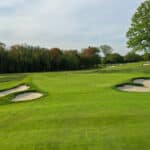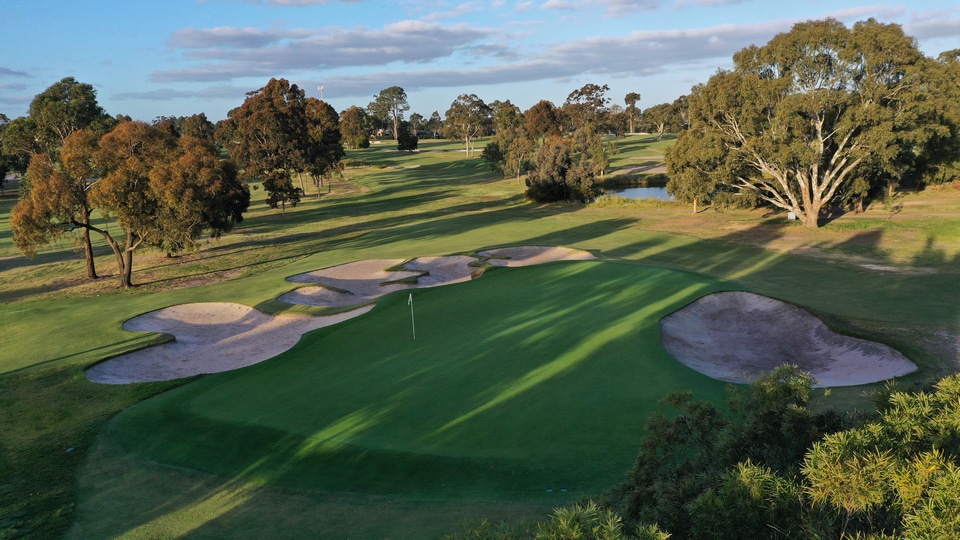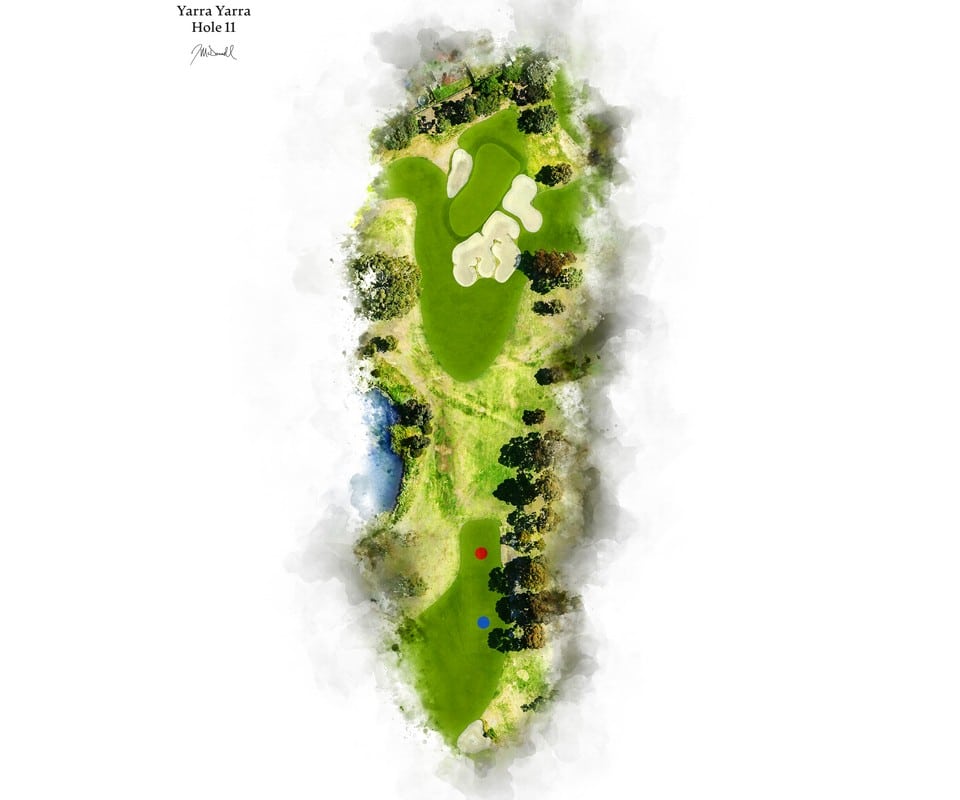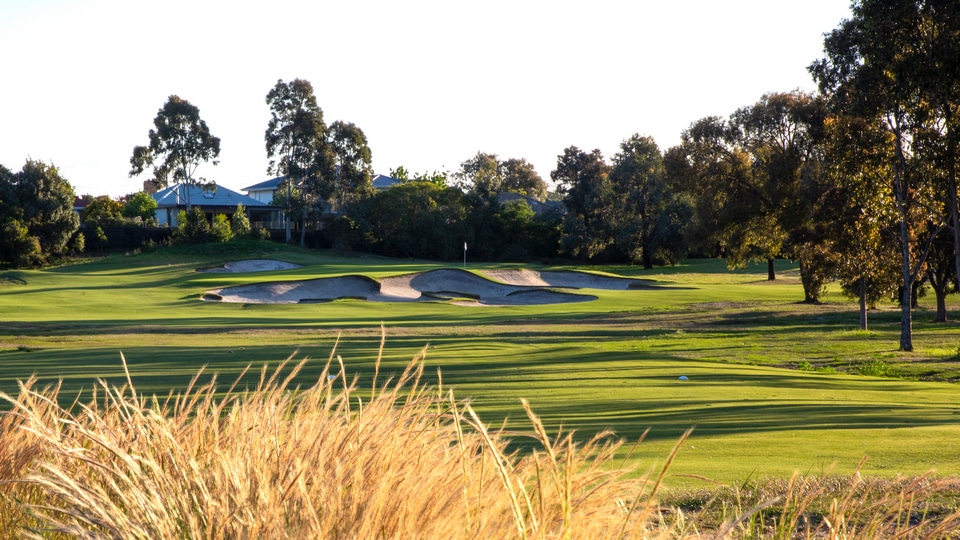Yarra Yarra Golf Club (1898)
11th Hole / Par-3 / 185 Yards
Architect: Alex Russell (1929)
Updating by Renaissance Golf Design (2017)
Bentleigh, Australia
Melbourne’s Sandbelt of courses is world renowned. And for good reason. The array of stellar designs is bolstered with an ideal intersection of firm and fast turf conditions that elevate the necessity for top quality shotmaking.
Yarra Yarra is located in Melbourne’s southward suburbs and while the club had its genesis in 1898, the existing 18-hole layout opened in 1929 and was the first effort from the talented Alex Russell
The Cambridge-educated Russell was an accomplished golfer having won the Australian Open and finishing runner-up in the Australian Amateur in 1924.
During the visit to the country by Dr. Alister MacKenzie in 1926 it was Russell who the famed architect called his “partner” in being instrumental in carrying out various design plans.
Yarra Yarra has two distinct presentations. The first seven holes are situated north of the handsome brick clubhouse and use the available acreage very well.
The bulk of the remainder of the course is south of the clubhouse and the routing and combination of holes is an engaging mixture.
When the pantheon of great par-3 holes is mentioned, the standouts include the 12th at Augusta National, the 16th at Cypress Point, the 8th at Royal Troon and the 16th on the Dunluce Course at Royal Portrush.
Joining that illustrious grouping is the 11th at Yarra Yarra.
The hole ranges from a championship length of 182 yards to a frontal tee of 153.
The green is fiercely protected by a massive bunker that’s diagonally angled and like the shark in “Jaws,” is ever ready to snatch a hapless play. The putting surface is orientated from left-to-right. Those seeking to avoid the dangers on the right can also find trouble left as another bunker pinches in from that side.
Renaissance Golf Design, led by Tom Doak and assisted by on-site efforts from Brian Slawnik, was hired in 2017. The firm implemented a series of improvements from the original Russell design.
At the 11th there was a leveling of some internal ridges to increase various pin placements. Bunker edges were lowered to counteract sand splash from over the years. And the back right area of the green was squared off — consistent with one of the original photos of the Russell design.
Mike Clayton, former Australian professional golfer, golf course architect and Melbourne native summed up the qualities of the 11th.
“Alex Russell made the wildest green on the course – one tipping steeply down from the back right corner to the front left edge. The most interesting thing is if anyone built the hole now the green would be derided as being out of character and too difficult because the higher markers can’t run the ball onto the green and there is nowhere to layup.”
The prevailing wind direction comes from the southwest – players generally face a headwind. The square footage of the green is roughly 6,500 but the visual challenge is magnified because of the way the green is positioned and how the frontal right bunker appears to provide little safe landing area.
“The 11th is unquestionably one of Australia’s great par-3s,” said Clayton.
***
For more info go to:

Related: Grade “A” Architecture – Knickerbocker Country Club
Images courtesy of Yarra Yarra Golf Club.




